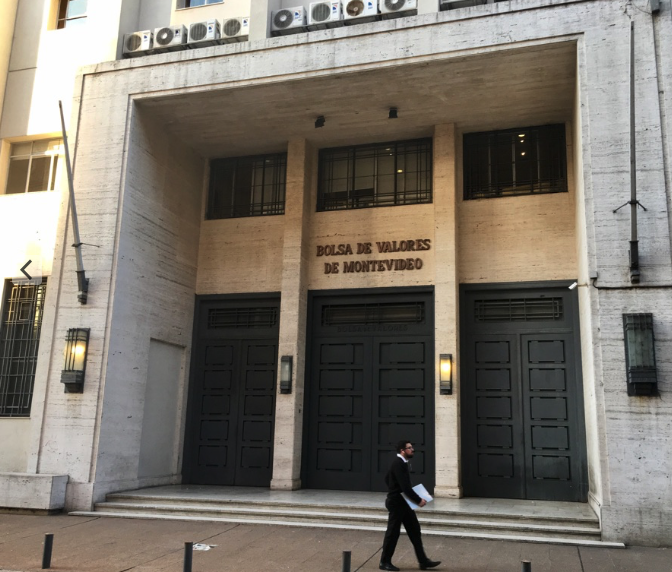The Uruguayan government is preparing a new bond issue, this time it will tender 775 million in Indexed Units (pesos indexed in inflation) with maturity in 2025. And as always, demand is expected to greatly exceed the supply: The Uruguayan bond is one of the shining stars of Latin American fixed income.
Last July, JP Morgan included the bond in Uruguayan pesos in its GBI-EM index, the index that consolidates emerging countries’ international issues in local currency. For the first time, the country’s population of 3.3 million people joined a club reserved for 18 countries.
Something exceptional had happened weeks before: for the first time in its history, Uruguay placed a global bond in pesos to five years. And demand was almost five times higher than supply.
Financial advisors have not yet become accustomed to the new reality of a strong peso and a decoupled economy in the region, which has had almost twelve years of uninterrupted growth.
Juan José Varela, Gletir’s Commercial Manager, recalls the years that followed the financial crisis of 2002 and assures that “not even those who are the most optimistic could imagine an exchange rate at 28 pesos per dollar. JP Morgan’s GBI-EM index is “cheap rate assurance for Uruguay“.
The peso is a strong currency because of the amount of investments the country is receiving, the soybean revolution during the last fifteen years (thanks to Argentine technology), Argentina’s very closed markets, and furthermore, the installation of pulp mills, which are investments that impact the country’s GDP. If tourism, which is a very good element for Uruguay, is added to this, it generates very important currency strength. Many dollars come in and those dollars have to be sold to be applied to the national economy. “
Jerónimo Nin, Head Trader at Nobilis, coincided in Boston with authorities from Uruguay’s Ministry of Finance’s Debt Unit on the same day of that issue in pesos. Those officials had spent a week visiting funds around the world. “Investors were already looking for returns, at which point, the fears of Donald Trump’s policy toward emerging markets were dissipating. Then, the dollar began to weaken and the search for a bit more risk / return began,” explains Nin. At that time, Uruguay, an investment-grade country, was one of the few countries in the world to offer double-digit returns. The Central Bank’s anti-inflation policies began to bear fruit, and the government corrected the fiscal side, all of which brought confidence to the markets.
Jerónimo Nin points out that “it has gone very well for those who have bought, because the bonus came out at 10% yield, and currently is already operating at 8.25% or 8.30%.After fulfilling the authorities’ idea to enter the JP Morgan index and that drew in even more because it is a call for passive investors, those who follow strategies to replicate the index. Then those investors go out to buy in Uruguay.”
At Gaston Bengochea & Cia CB S.A, stockbrokers, they consider that the issue in pesos was a milestone, a maneuver attributed to the entry of young people to the Ministry of Finance.
Diego Rodríguez, Director at Gastón Bengochea, affirmed that external factors played a fundamental role: “this issue is not only explained by Uruguay’s economic strength (which has been uninterrupted for 12 years) but also by the existence of a weak dollar since 2008. It’s clear, therefore, that, in the world, there is an appetite for currencies other than the dollar, and that has allowed many economies to issue in local currency. Brazil has issued in Reals, as have Mexico and Chile, amongst others.”



